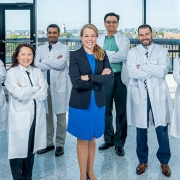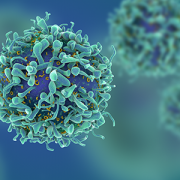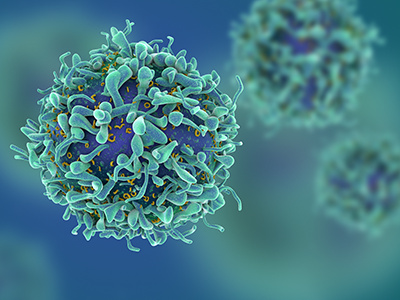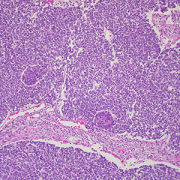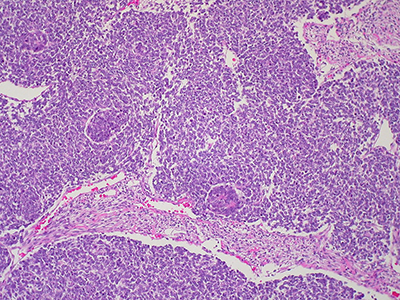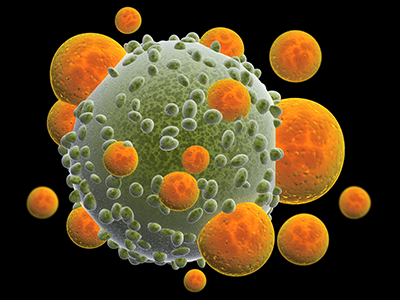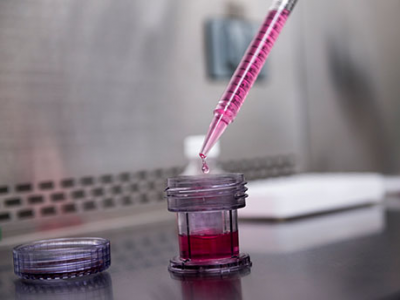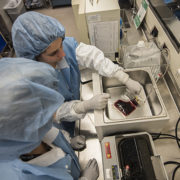What’s a TAA-T? Advocates create videos to translate science for patients
As researchers develop groundbreaking cellular therapies to treat pediatric solid tumors, physicians are preparing new ways to explain how these treatments work to patients and caregivers.
In a series of educational videos, scientists from Children’s National Hospital and institutions worldwide are offering tutorials on these novel treatments and how they target solid tumors at the cellular level.
“Let’s start by breaking down what a tumor-associated antigen-specific T (TAA-T) cell is,” Children’s National Research Technician Sammy Murphy says in one new video. “Our aim is to harness the power of T cells to identify and attack cancer cells.”
In less than six minutes, Murphy provides a short course on the details of these TAA-T cells and how her team combines their expertise in biology, medicine, bioinformatics, quality assurance and more to create the new therapies. “This collaborative team spirit has been a huge motivating factor and represents the best of what science can be,” she explains.
The big picture
Children’s National summer student Diana Kentell, a senior at Pratt Institute of Art studying digital art and 2D animation, created this video and a collection of others for the Cancer Grand Challenges (CGC), sponsored by the National Cancer Institute and Cancer Research UK. In 2022, the CGC awarded $25 million to Children’s National, the University College of London Cancer Institute and its partners on the NexTGen team to develop new therapies for pediatric solid tumors using CAR T cells.
The NexTGen team includes six patient advocates who have all been touched by pediatric tumors and support the scientists by providing the patient perspective on research and new treatments. These videos are a slice of the group’s efforts.
C. Russell Y. Cruz, M.D., Ph.D., a translational immunologist on the NexTGen team who oversaw Kentell’s video project, says bridging the gap between scientists and their patients who enroll in clinical trials will be essential to ensuring patients weigh the possibilities and the risks.
“Patient advocates help us understand our work from their perspective, making our science accessible to everyone,” Dr. Cruz said. “Engaging with such dedicated individuals often helps us refine our own ideas and provides invaluable insights. Most importantly, they remind us of our ultimate goal: to free future generations from the burden of pediatric cancer.”
Why we’re excited
In addition to the video on TAA-T cells, the team has assembled a collection of videos on killing assays, tumor slice assays and CAR T-cell manufacturing, which will help patients learn about the treatments when the clinical trials start. Sara Wakeling, who leads the NexTGen team’s patient advocates, said this toolkit will be a vital resource.
“Each of us came to this advocacy work because we were deeply affected by pediatric cancer. We aim to ensure that the child’s voice is central to the research and that the science is communicated in an informative and digestible way for patients’ families and the public,” Wakeling said. “With these videos, lay summaries of manuscripts and other explainers, we will have concrete information to share with families as soon as the new CAR T-cell therapies are ready for clinical trials.”



